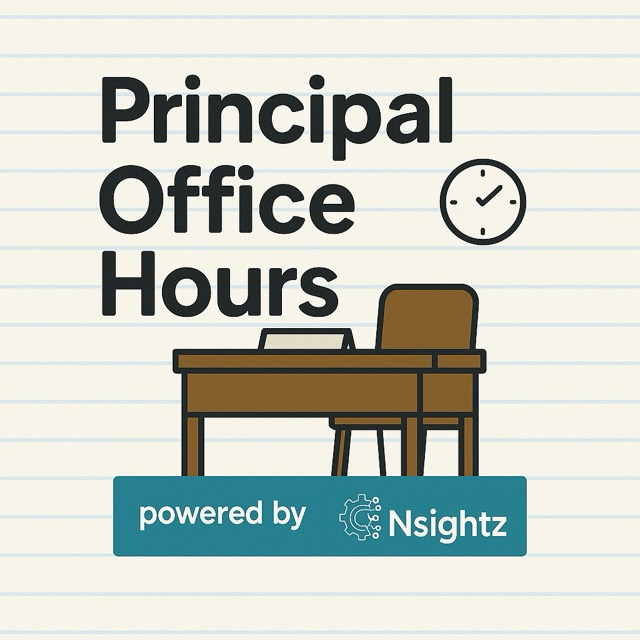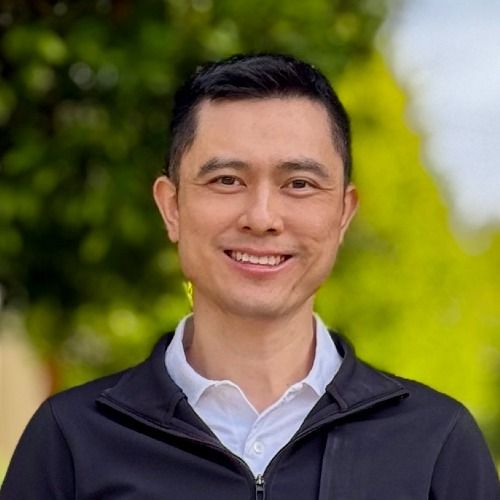People Work for People-Ensuring Students Have What They Need to Succeed is a Form of Caring for Staff
Summary: Join C.T. and guest Dr. Latora Baldridge, Head of Schools at Lodestar within the Lighthouse Community Public Schools in Oakland, California, as they dive into what it means to lead with intentional presence and foster a sustainable, student-centered culture across a TK–12 campus. This engaging conversation highlights Dr. Baldridge’s holistic leadership approach, her focus on building strong, distributed teams, and the practices that have produced notable gains in student achievement, college readiness, and teacher retention—with a 90% staff retention rate and 88% of graduates meeting California’s A–G college requirements.
Key Takeaways:
- Intentional Presence and Prioritization: Leadership must be intentional about presence, with priorities clearly defined and reflected in daily and weekly schedules. This ensures that staff and student needs are addressed proactively, not reactively.
- Empowering Teams: Spreading leadership capacity by building strong, empowered teams enhances a school’s ability to meet diverse needs and maintain a cohesive culture across all grade levels.
- Human-First Culture: Valuing humility and connection above authority creates a culture where everyone—students, teachers, and families—feels seen, heard, and supported.
- Routine, Purposeful Check-Ins: Regular, informal check-ins (“five-minute good, bad, and ugly”) with staff help surface issues early, prevent small problems from becoming large, and foster a reciprocal, trusting culture.
- Systems of Student Support: Data-driven, coordinated student support systems (like MTSS and COST) are core to ensuring students get what they need to thrive. This, in turn, directly supports teachers by reducing classroom stress and burnout.
- Delegation and Focus: Leaders must delegate non-priority tasks, aligning all work to a short list of top priorities, and be willing to let go of activities that do not serve the school’s central mission.
- Celebrating Community and Milestones: Bringing together the whole TK–12 community for celebrations (e.g., “Declaration Day”) strengthens the “family school” vibe, provides role models for younger students, and fosters a sense of belonging.
- Special Education as Good Teaching: Supporting students with diverse needs requires systemic, schoolwide attention and communication—not just the efforts of individual teachers.
- Adaptability and Communication: Systems should be flexible, transparent, and responsive. When interventions do not work, leaders must communicate openly, adjust, and keep the community informed.
Chapters:
00:00 Introduction
00:45 Guest Introduction: Dr. Latora Baldridge
01:26 Exploring Lodestar Lighthouse Community Public Schools
02:46 Managing a TK-12 Campus
10:40 Intentional Leadership and Staff Connection
28:41 Prioritizing Student Support Systems
00:00 Introduction and Episode Overview
00:45 Guest Introduction: Dr. Lara Baldridge
01:26 Exploring Lodestar Lighthouse Community Public Schools
02:46 Managing a TK-12 Campus
10:40 Intentional Leadership and Staff Connection
28:41 Prioritizing Student Support Systems
38:50 Advice for School Administrators
Connect with CT: linkedin.com/in/cheetung
Connect with Dr. Latora Baldridge: linkedin.com/in/latora-baldridge-000
Whether you're currently wearing the principal badge, aspiring to the big chair, or teaching while secretly taking notes on what you'd do differently, Principal Office Hours delivers actionable strategies you can implement faster than a student being sent to detention.
Subscribe now and join the faculty lounge conversation that's too real for the school board meeting. New episodes drop every week.
Warning: May cause spontaneous leadership growth and occasional inappropriate laughter during staff meetings.


